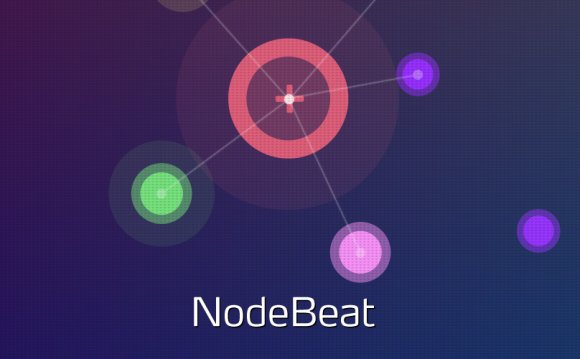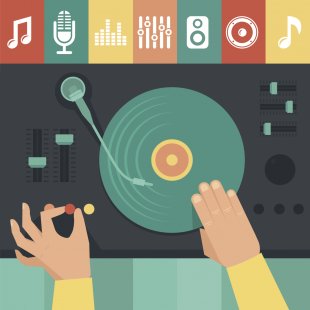
With electronic music creation and real time sound handling, the principle issue is practically always reduced latency sound. But exactly just how reduced is low latency? To put it differently, just what quantity constitutes adequately low latency? Numerous assume this number to-be zero, based predominantly regarding untrue presumption that latency is an inconvenient byproduct of digital signal handling, something which doesn't occur with "real" devices.

This, but isn't the instance. No matter tool option, all musicians have to deal with varying quantities of sound latency. Indeed, latency is built-in in literally any system-—including the time taken for an audio wave to journey to the ear of the person who generated it.
As an example, the violin, which is often six ins from the player's ear, has actually around 0.5 ms of latency, whereas latency with harps, pianos, and drums can be as much as 3 ms due to the varying distances between the musician as well as the strings, hammers, and skins. The pipeline organ represents a serious instance, when the pipelines can be up to 150 feet from the player sitting during the tips, causing as much as 131 ms of latency for the most affordable records in the farthest rank.
Low latency sound in digital sign handling depends upon a similarly myriad of factors—including os shortcomings and hardware considerations. However latency in addition varies quite a bit from system to system, with more powerful laptop computer and desktop leading to reduced latency than cellular devices due to the aforementioned aspects.
And even though the competent organist can perhaps work all over latency built-in to that particular tool, that's a little harder to do with digital sign processing as it's is not exactly the same across product, operating system, and application. Additionally, simply because latency is a naturally occurring sensation, that doesn't suggest musicians of most stripes don't strive for a tighter, much more cohesive sound.
Nevertheless the objective isn't zero latency, because thereisn' such thing. As a general rule for digital songs creation, around 25 ms comprises an acceptably reasonable level—a quantity that feels tight, cohesive, and normal to musician and listeners alike. Nevertheless most useful experience is accomplished below 10 ms.
Low Latency sound on Android os and Issue 3434
Android os latency issues on songs apps tend to be well-documented and are caused by Android’s audio stack not really becoming effective at reduced latency sound result. Despite Google’s well communicated efforts (Bing I/O 2012, 2013 and 2014), and improvements in frozen dessert Sandwich audio latency (Android 4.0) and Jelly Bean sound latency (Android os 4.1), the alleged “fast mixer” in Android remains unable to achieve the secret number of latency below 10 ms. The Google Code android sound latency issue has became a hotly debated piece of Android audio development history already.
— Anton (@PieCalculus)Google has however to produce appropriate increased scheduling for audio callback. Although the fast mixer runs with the SCHED_FIFO policy, the priority should be in the 90s range, not 2 or 3. Also it seems the fundamental HAL layer might need additional attention also. In contrast, iOS has-been able to do this since Day 1.
Additionally, the “fast mixer” is available on only some products, it is lacking for action even on high-end designs products like the Samsung Galaxy household. Sound latency depends a lot on what the OEMs configure their unique Android os taste, and low latency audio does not appear to be a high concern for many of those. It is still another Android fragmentation issue, and Bing should really develop greater criteria for the sound subsystem.
Samsung ported JACK2 as a workaround and made it available beneath the "expert Audio SDK" moniker, yet only two Samsung products support it. We notice that is actually one audio lover Samsung engineer's energy and as such, without powerful organizational assistance, it doesn't perform like a critical audio solution.
In comparison, Apple's hardware-software symbiotic paradigm is needed here which will make provide a real reasonable latency sound on Android os answer with buffer sizes 128 and even less. For Android, this would require a SoC supplier, who is able to fine-tune the firmware therefore the sound motorists as well as offering good Android os reasonable latency audio api instead of the OpenSL ES.









